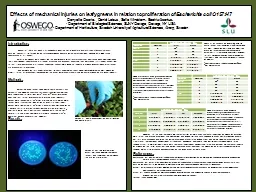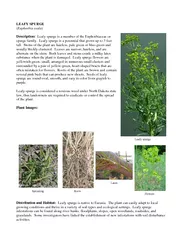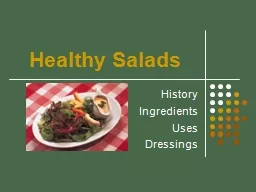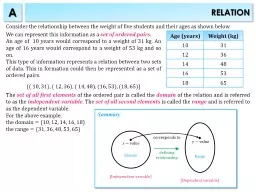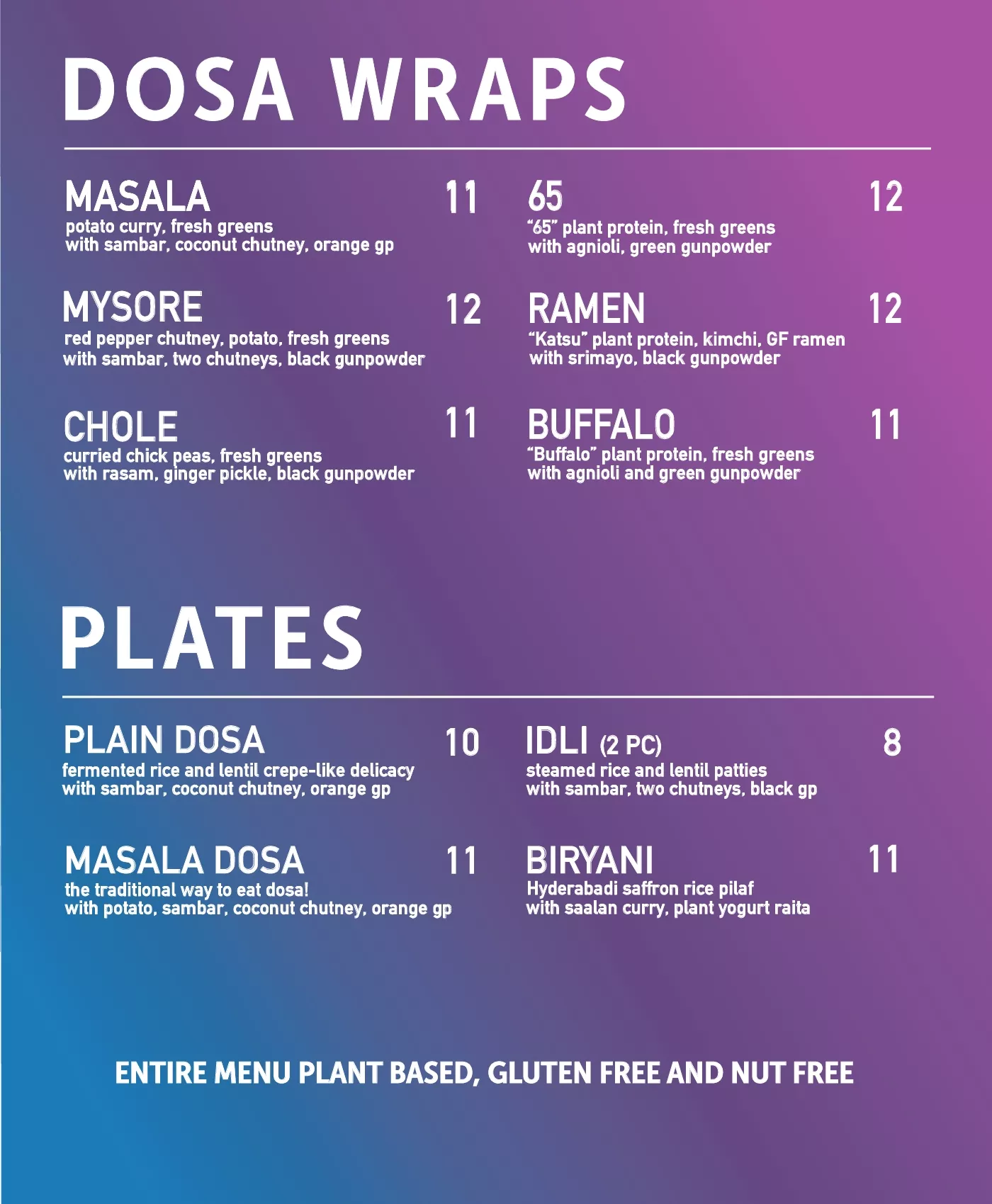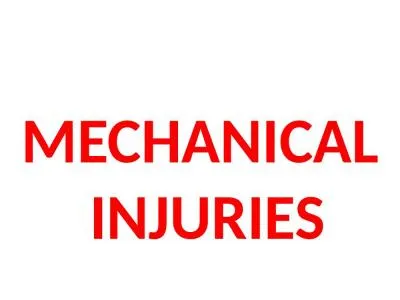PPT-Effects of mechanical injuries on leafy greens in relation
Author : kittie-lecroy | Published Date : 2016-02-25
Escherichia coli O157H7 Danyelle Osorio 1 Daniel Labuz 1 Sofia Windstam 1 Beatrix Alsanius 2 1 Department of Biological Sciences SUNY Oswego Oswego NY USA 2
Presentation Embed Code
Download Presentation
Download Presentation The PPT/PDF document "Effects of mechanical injuries on leafy ..." is the property of its rightful owner. Permission is granted to download and print the materials on this website for personal, non-commercial use only, and to display it on your personal computer provided you do not modify the materials and that you retain all copyright notices contained in the materials. By downloading content from our website, you accept the terms of this agreement.
Effects of mechanical injuries on leafy greens in relation: Transcript
Download Rules Of Document
"Effects of mechanical injuries on leafy greens in relation"The content belongs to its owner. You may download and print it for personal use, without modification, and keep all copyright notices. By downloading, you agree to these terms.
Related Documents

